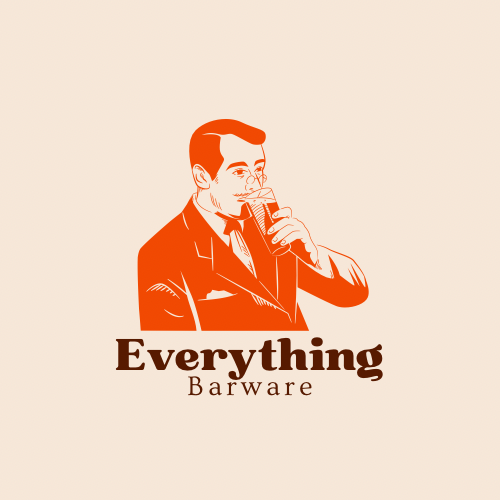Unveiling the Cocktail Strainer: A Tale of Flavor and Precision
Cocktails have a magical way of blending spirits, mixers, and ingredients into delightful concoctions. While cocktail enthusiasts appreciate the art of mixing, there's a crucial tool behind the scenes that plays a pivotal role in achieving that perfect, silky-smooth texture—the cocktail strainer. In this blog post, we delve into the fascinating history of the cocktail strainer and explore its significance in crafting exquisite libations. Furthermore, we'll provide a comprehensive guide on how and why to use a strainer for cocktails, empowering you to elevate your mixology skills.
A Historical Journey:
The origins of the cocktail strainer can be traced back to the early days of mixed drinks. In the 19th century, as cocktail culture gained momentum, bartenders and mixologists sought to refine their craft. Prior to the invention of strainers, fine mesh or cheesecloth was used to strain cocktails. However, these methods proved to be time-consuming and often resulted in inconsistent results.
Enter the Hawthorne Strainer:
Around the late 1800s, a significant advancement in cocktail straining technology took place with the introduction of the Hawthorne strainer. Named after the famous London bar, The Hawthorne, this strainer revolutionized the world of mixology. It features a concave disk with a spring-mounted wire coil around the rim, effectively filtering out solid ingredients and ice shards while allowing the liquid to pass through.

The Julep Strainer:
Another iconic strainer that emerged during this period was the Julep strainer. Originating from the popular mint julep cocktail, this strainer features a perforated bowl-shaped cup with a handle. Bartenders would pour the mixed ingredients over ice in a serving glass and then use the Julep strainer to strain the chilled liquid, leaving the ice behind.

Function and Technique:
The primary purpose of using a cocktail strainer is to separate the liquid from any solid or undesirable components, such as fruit pulps, herbs, or ice shards. By doing so, the strainer ensures a refined and visually appealing drink. There are two main types of strainers:
1. Hawthorne Strainer: This strainer is commonly used for cocktails that are shaken or stirred in a mixing glass. Once the ingredients are mixed, the strainer is placed over the mouth of the glass, with the coil side facing inward. By pouring the liquid through the strainer, it captures any solid particles, leaving you with a clean, strained cocktail.
2. Julep Strainer: Ideal for drinks stirred in a mixing glass or directly in the serving glass, the Julep strainer is held with the perforated bowl side facing down. Bartenders use the strainer to gently hold back the ice while pouring the liquid into the desired glass.
Why Use a Strainer:
Using a strainer in cocktail preparation offers numerous advantages:
1. Enhanced Presentation: Straining eliminates unwanted debris, resulting in a visually appealing drink that showcases its color and clarity.
2. Consistent Texture: The use of a strainer ensures a silky-smooth texture, free from solid particles that could alter the mouthfeel of the cocktail.
3. Optimal Dilution: Straining helps achieve the desired balance of dilution in a cocktail by removing excess melted ice or water.
4. Efficiency: Straining eliminates the need to manually remove solid ingredients, saving time during the preparation process.
Conclusion:
The cocktail strainer has undoubtedly become an essential tool in the world of mixology. From its humble beginnings to the modern-day variations, the strainer has greatly contributed to the refinement and consistency of cocktail craftsmanship. By incorporating a strainer into your mixology repertoire, you can effortlessly elevate your cocktail game

